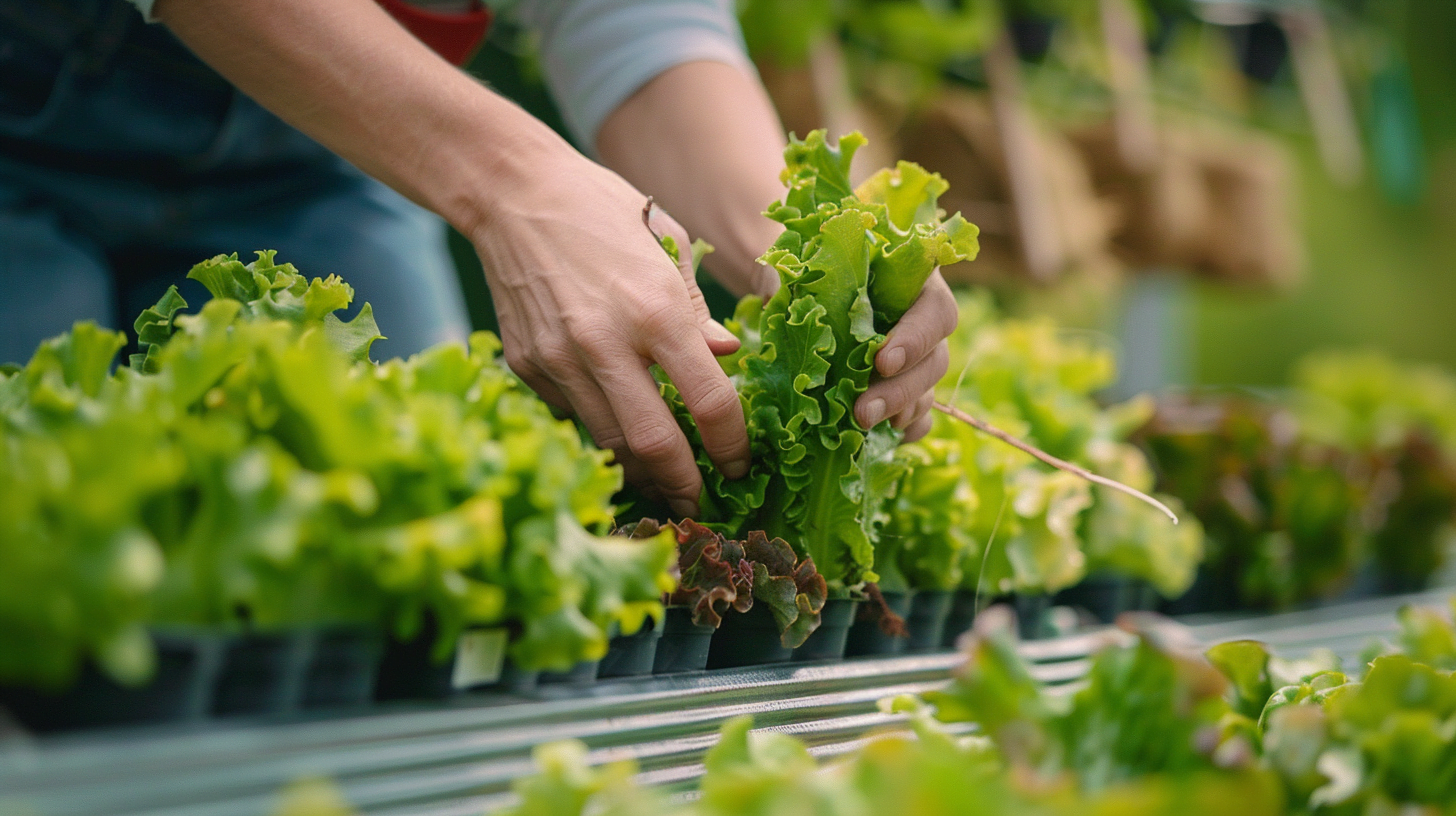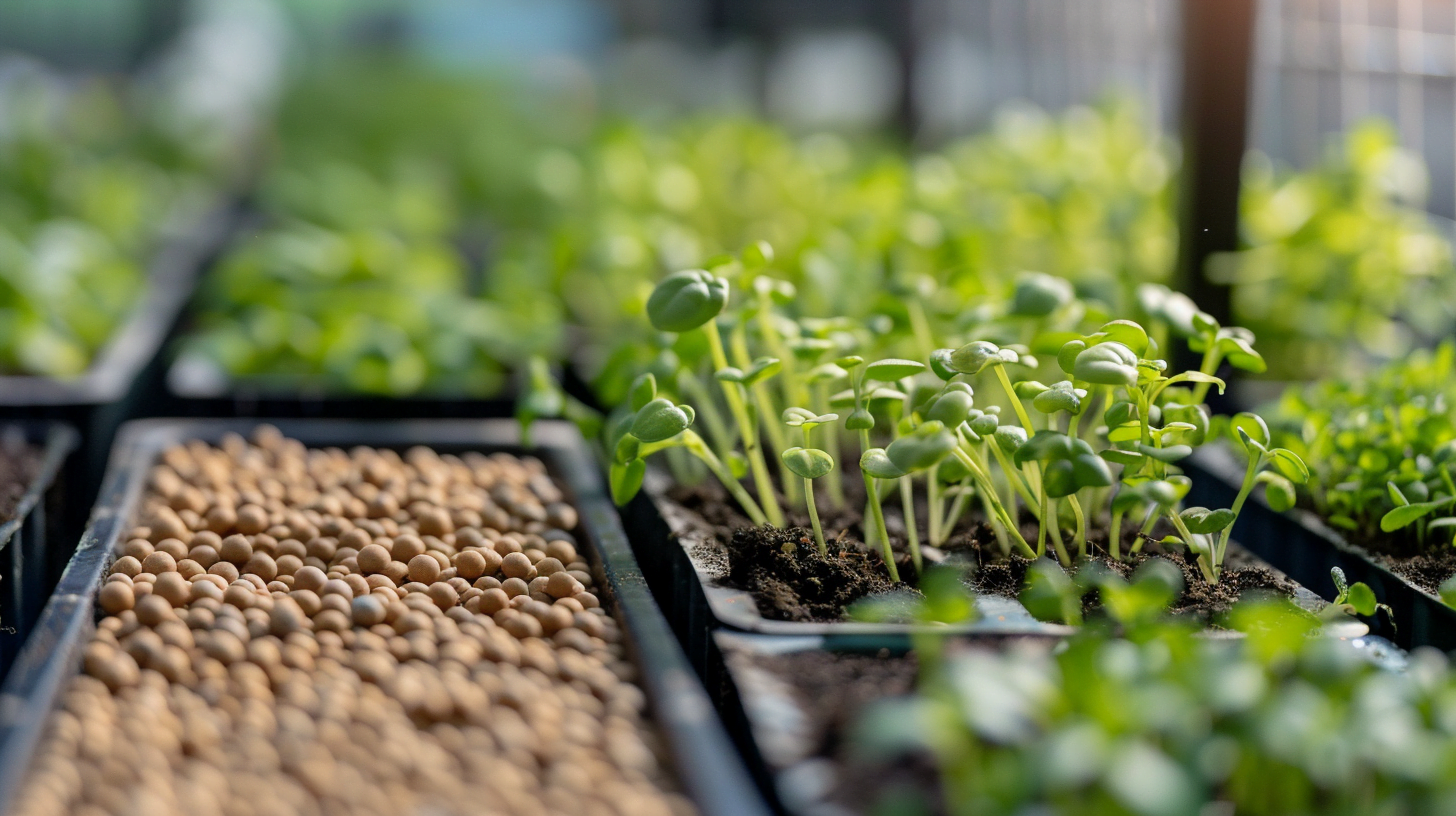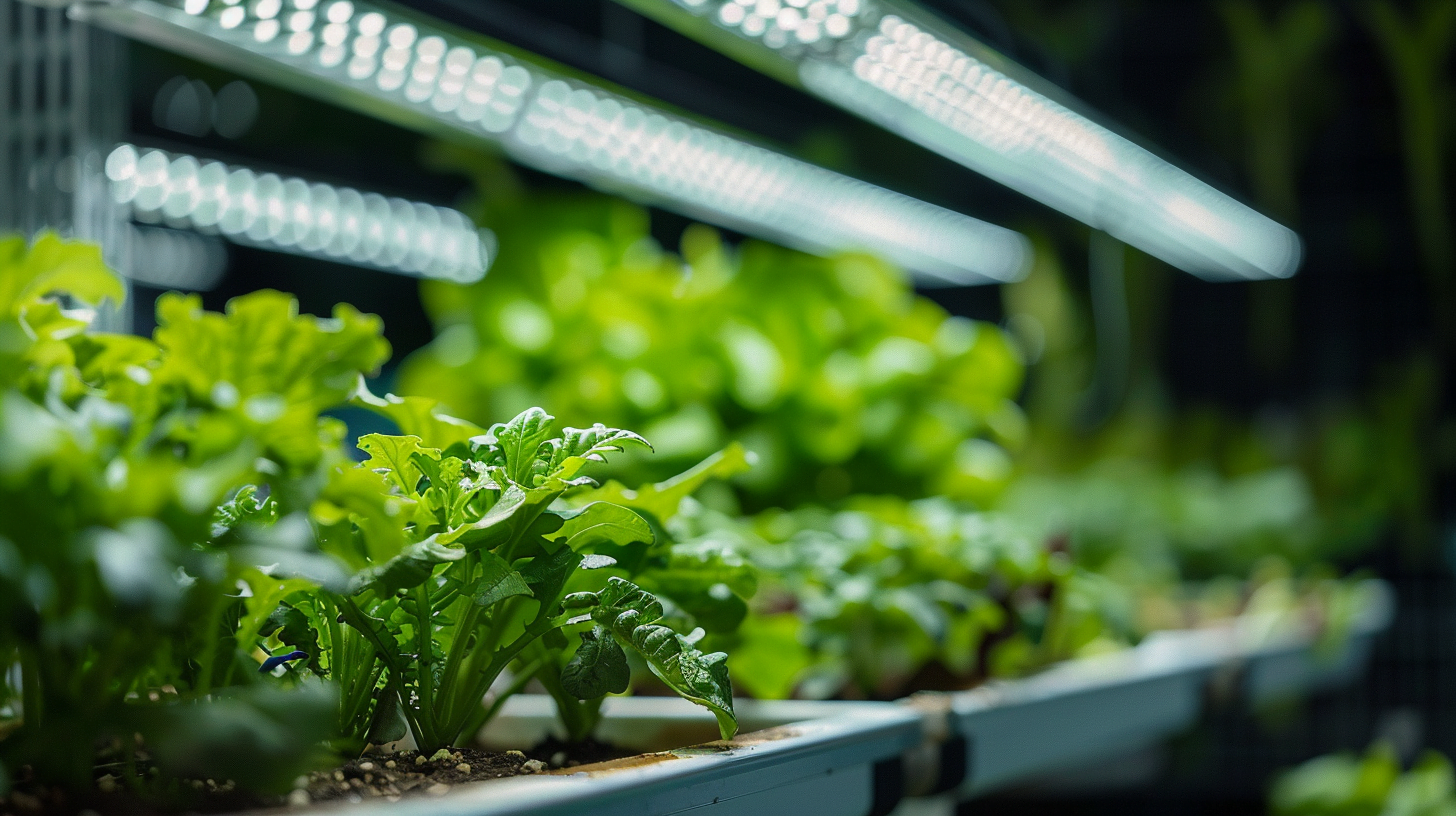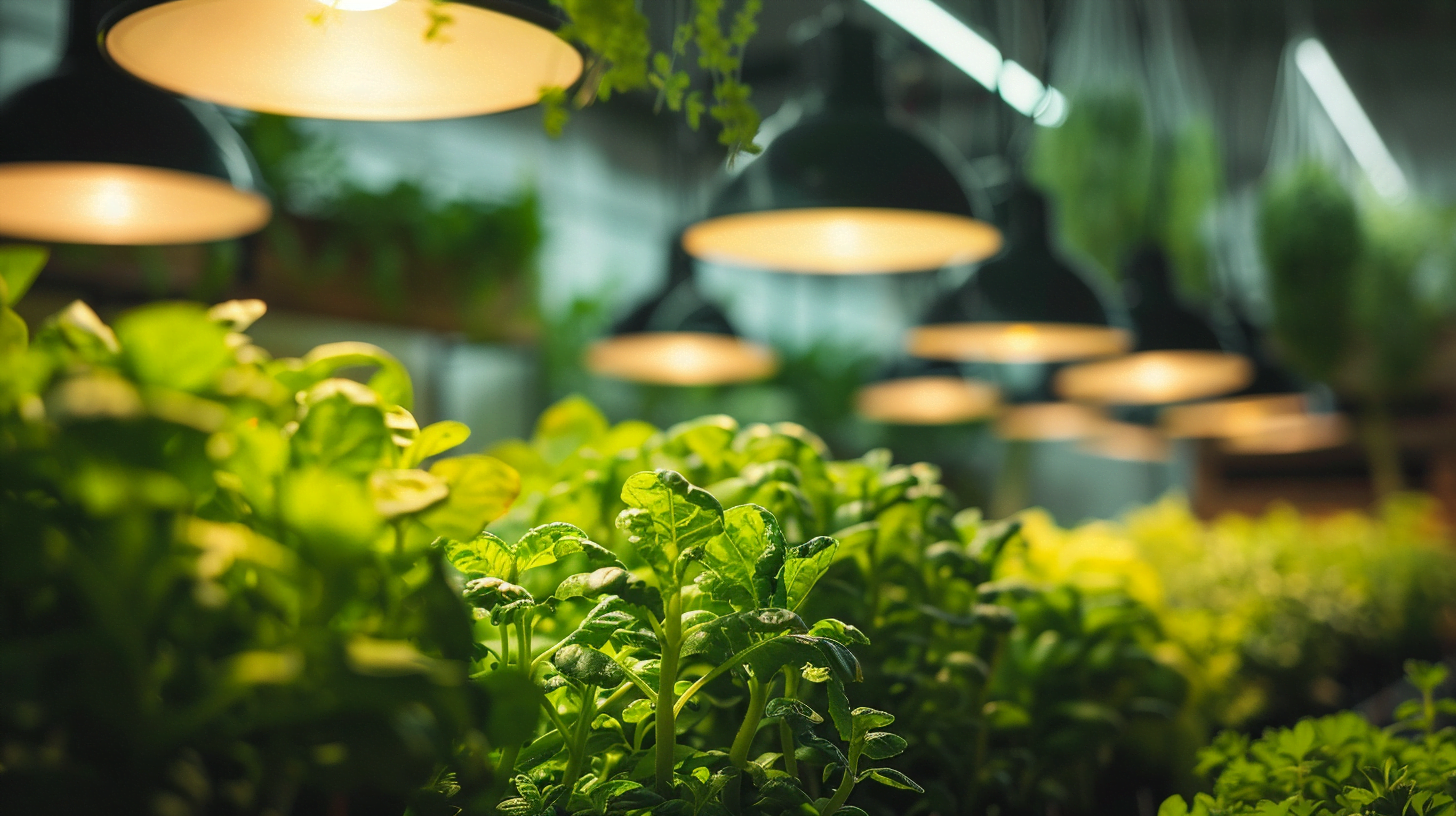Introduction
Hydroponics is a fascinating and efficient method of growing plants without soil, using nutrient-rich water solutions instead. One crucial aspect of maintaining a thriving hydroponic garden is regular pruning. Pruning your hydroponic plants not only keeps them looking tidy but also promotes healthy growth, improves yield, and prevents disease. In this comprehensive guide, we’ll dive deep into the art and science of pruning hydroponic plants, providing you with all the knowledge and tools you need to keep your plants in top shape.
What is Pruning and Why is it Essential in Hydroponics?
Pruning is the practice of selectively removing parts of a plant, such as branches, buds, or leaves, to control its growth and improve its health. In hydroponics, pruning is particularly important because plants tend to grow faster and more vigorously than in soil-based systems. Regular pruning offers several key benefits:
- Promotes healthy growth and development: By removing dead, damaged, or diseased foliage, you allow the plant to focus its energy on healthy growth.
- Improves yield and quality of produce: Pruning encourages the plant to direct resources towards fruit or flower production, resulting in a higher yield and better quality produce.
- Prevents disease and pest infestations: Removing overcrowded or infected plant parts helps prevent the spread of diseases and pests.
- Optimizes light penetration and airflow: Pruning opens up the canopy, allowing more light to reach lower leaves and improving air circulation, which is crucial in preventing mold and mildew.
When to Prune Your Hydroponic Plants
Knowing when to prune your hydroponic plants is just as important as knowing how to prune them. Here are some signs that indicate it’s time to break out the pruning shears:
- Overgrown or leggy plants: If your plants are growing too tall or stretching towards the light, it’s time to prune them back to maintain a compact, bushy shape.
- Yellowing or dying leaves: Remove any leaves that are turning yellow, brown, or wilting, as they are no longer contributing to the plant’s growth and may harbor diseases.
- Reduced fruit or flower production: If you notice a decrease in the number or size of fruits or flowers, pruning can help redirect the plant’s energy towards productive growth.
The frequency of pruning depends on several factors, such as the plant species, growth rate, environmental conditions, and hydroponic system setup. As a general rule, most hydroponic plants benefit from pruning every 2-4 weeks. However, some fast-growing crops like basil or lettuce may require more frequent pruning, while slower-growing plants like peppers or tomatoes may need pruning less often.
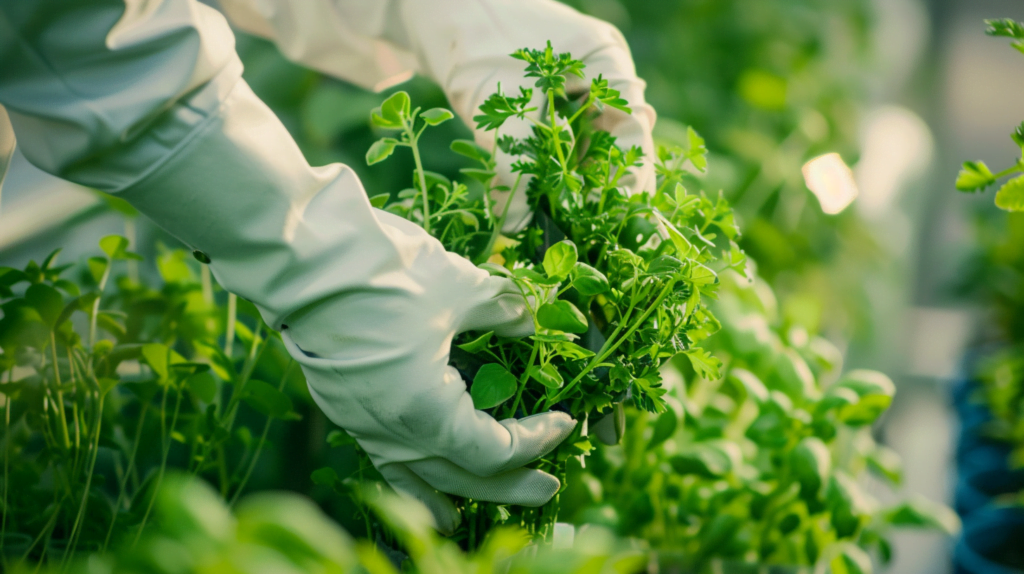
Tools and Equipment for Pruning Hydroponic Plants
To prune your hydroponic plants effectively and safely, you’ll need the following tools and equipment:
- Scissors, shears, or snips: Choose high-quality, sharp pruning tools that are comfortable to hold and easy to maneuver.
- Sterilizing solution: To prevent the spread of diseases between plants, sterilize your pruning tools with rubbing alcohol or hydrogen peroxide before and after each use.
- Gloves and safety glasses: Protect your hands and eyes from accidental cuts or scratches, especially when working with thorny or prickly plants.
Proper maintenance and storage of your pruning tools are essential for their longevity and effectiveness. Always clean and dry your tools after use, and store them in a dry, protected place. Regularly sharpen your scissors or shears to ensure clean, precise cuts that minimize damage to the plant.
Techniques for Pruning Different Hydroponic Plants
While there are some general pruning guidelines that apply to all hydroponic plants, each species has its own specific requirements. Here are some pruning techniques for common hydroponic crops:
Tomatoes
- Remove suckers (small shoots growing between the main stem and branches) to promote a single, strong main stem.
- Prune lower leaves to improve airflow and prevent disease.
- Pinch off the growing tip when the plant reaches the desired height to encourage lateral growth.
Peppers
- Remove the first set of flowers to encourage the plant to grow larger before fruiting.
- Prune back the main stem by about a third when the plant is 6-8 inches tall to promote bushiness.
- Remove any leaves that are touching the growing medium to prevent disease.
Cucumbers
- Train the main stem up a trellis or support, removing any lateral branches that are not needed.
- Prune off the growing tip when the plant reaches the top of the support to encourage lateral growth.
- Remove any fruit that is misshapen or damaged to allow the plant to focus energy on healthy fruit.
Lettuce and Leafy Greens
- Harvest outer leaves regularly to encourage continuous growth.
- Remove any yellowing or damaged leaves to prevent disease and improve appearance.
- Prune back the entire plant by about half when it becomes overgrown or starts to bolt (produce flowers).
Herbs
- Pinch back the growing tips regularly to encourage bushiness and prevent flowering.
- Remove any dead, damaged, or yellowing leaves to maintain plant health.
- Harvest leaves and stems frequently to promote continuous growth.
Remember to adjust your pruning techniques based on the plant’s growth stage. Seedlings and young plants require minimal pruning, while mature plants may need more extensive pruning to maintain their shape and productivity.
Training and Supporting Pruned Hydroponic Plants
After pruning your hydroponic plants, it’s crucial to provide them with proper training and support to ensure healthy growth and development. Training involves guiding the plant’s growth in a desired direction or shape, while support refers to the use of structures or materials to keep the plant upright and stable.
Some common techniques for training hydroponic plants include:
- Trellising: Use a vertical support structure, such as a string trellis or wire mesh, to guide climbing plants like tomatoes or cucumbers upwards.
- Staking: Insert a sturdy stake or pole next to the main stem of the plant, and tie the stem loosely to the stake as it grows.
- Caging: Place a wire cage around the plant to provide support and contain its growth.
When choosing support materials, consider factors such as the plant’s size and weight, the hydroponic system’s layout, and the ease of installation and removal. Common support materials include strings, clips, ties, and nets.
As your hydroponic plants grow and develop, regularly adjust their support systems to accommodate their increasing size and weight. This may involve adding additional tiers to a trellis, replacing stakes with larger ones, or expanding the size of a cage.
Troubleshooting Common Pruning Issues
Despite your best efforts, you may encounter some problems when pruning your hydroponic plants. Here are some common issues and how to address them:
- Overpruning: If you remove too much foliage at once, the plant may experience shock and struggle to recover. To avoid overpruning, remove no more than one-third of the plant’s total foliage at a time.
- Underpruning: If you don’t prune your plants regularly, they may become overgrown, leggy, and unproductive. Set a consistent pruning schedule and stick to it to keep your plants in check.
- Pruning at the wrong time: Pruning during the wrong growth stage can stunt the plant’s development or reduce yields. Refer to the specific pruning guidelines for each plant species to ensure you’re pruning at the optimal time.
- Accidentally damaging plants: If you accidentally cut or damage a plant while pruning, remove the damaged portion cleanly and monitor the plant closely for signs of stress or disease.
- Disease or pest outbreaks: If you notice signs of disease or pest infestation after pruning, take immediate action to isolate the affected plants and treat the problem with appropriate methods (e.g., removing infected foliage, applying organic pesticides, or adjusting environmental conditions).
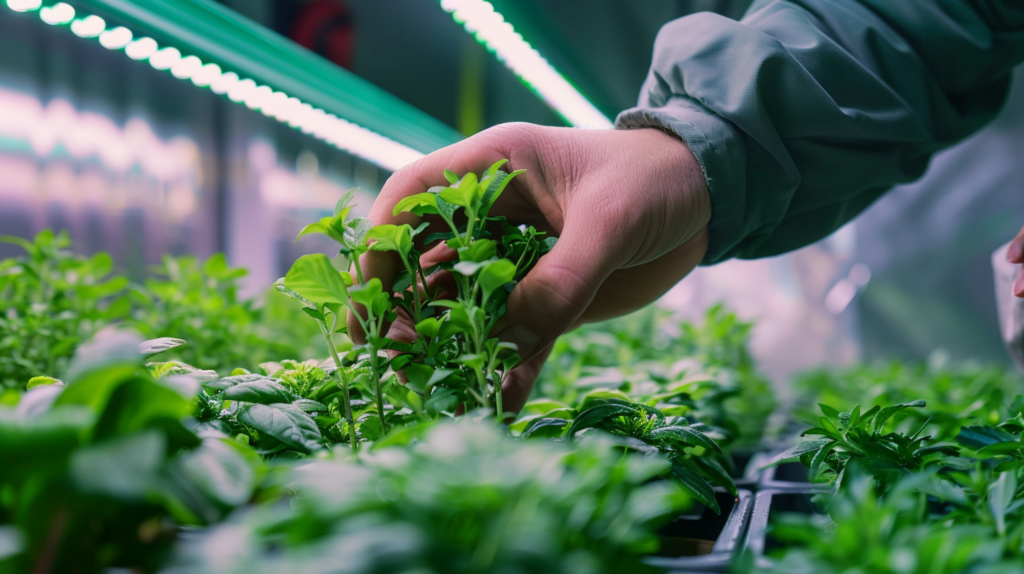
Conclusion
Pruning is a vital skill for any hydroponic gardener who wants to maximize their plants’ health, productivity, and beauty. By understanding the principles and techniques of pruning, you can keep your hydroponic plants in top form and enjoy a bountiful harvest of fresh, high-quality produce.
Remember to:
- Prune regularly to promote healthy growth and prevent disease
- Use clean, sharp tools and sterilize them between plants
- Adjust your pruning techniques based on the plant species and growth stage
- Provide proper training and support for pruned plants
- Monitor your plants closely and address any issues promptly
With practice and patience, you’ll become a master of pruning your hydroponic plants, and your garden will thrive like never before. Happy pruning!
FAQs about Pruning Hydroponic Plants
- How often should I prune my hydroponic plants?
The frequency of pruning depends on the plant species and its growth rate. Most hydroponic plants benefit from pruning every 2-4 weeks, but some may require more or less frequent pruning. Observe your plants closely and prune as needed to maintain their health and shape. - Can I prune my hydroponic plants during the flowering stage?
It’s generally best to avoid heavy pruning during the flowering stage, as this can stress the plant and reduce yields. However, you can still remove dead, damaged, or diseased foliage as needed to maintain plant health. - What should I do with the pruned plant material?
You can compost the pruned plant material or dispose of it in the trash. If the pruned material shows signs of disease, it’s best to dispose of it separately to avoid spreading the infection to other plants or your compost pile. - How do I sterilize my pruning tools between plants?
To sterilize your pruning tools, wipe them down with rubbing alcohol or a solution of one part bleach to nine parts water. Make sure to rinse and dry the tools thoroughly before using them on another plant to avoid any residual chemicals. - Can I prune my hydroponic plants too much?
Yes, overpruning can shock your plants and stunt their growth. As a general rule, remove no more than one-third of the plant’s total foliage at a time. If you’re unsure, it’s better to err on the side of caution and prune less rather than more.
By following these guidelines and staying attentive to your plants’ needs, you’ll be well on your way to mastering the art of pruning your hydroponic plants. Remember, a well-pruned plant is a happy, healthy, and productive plant!
